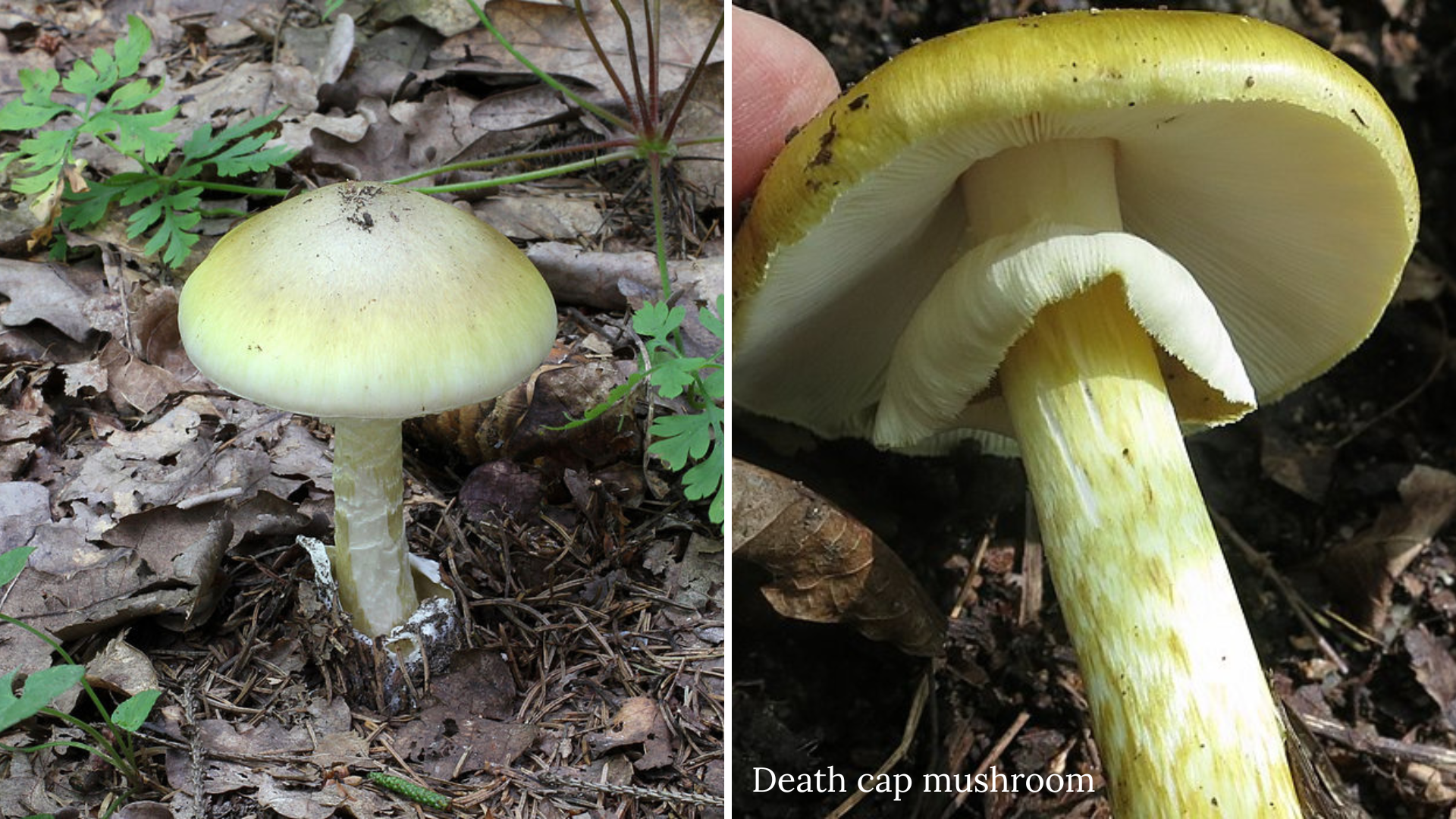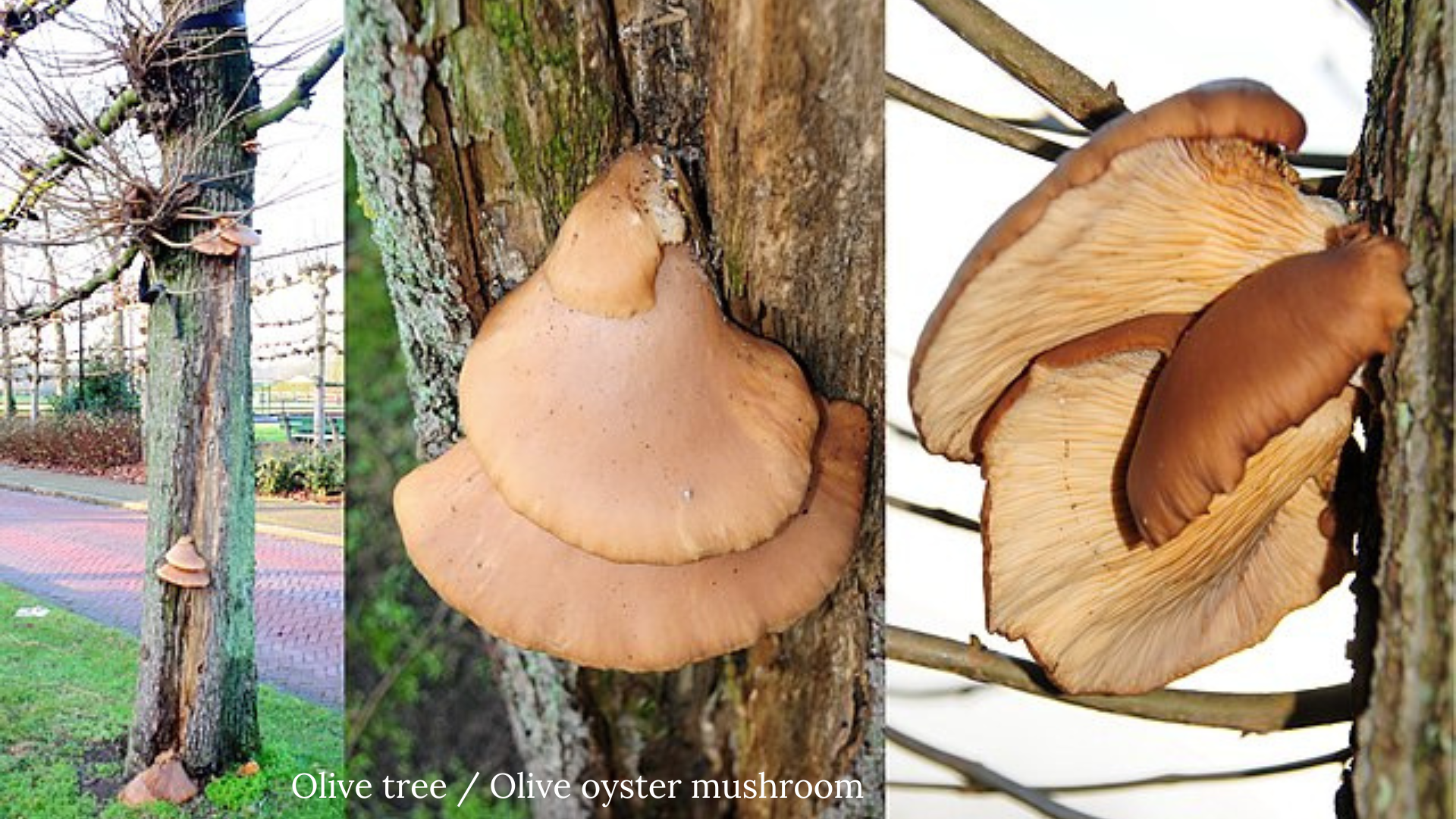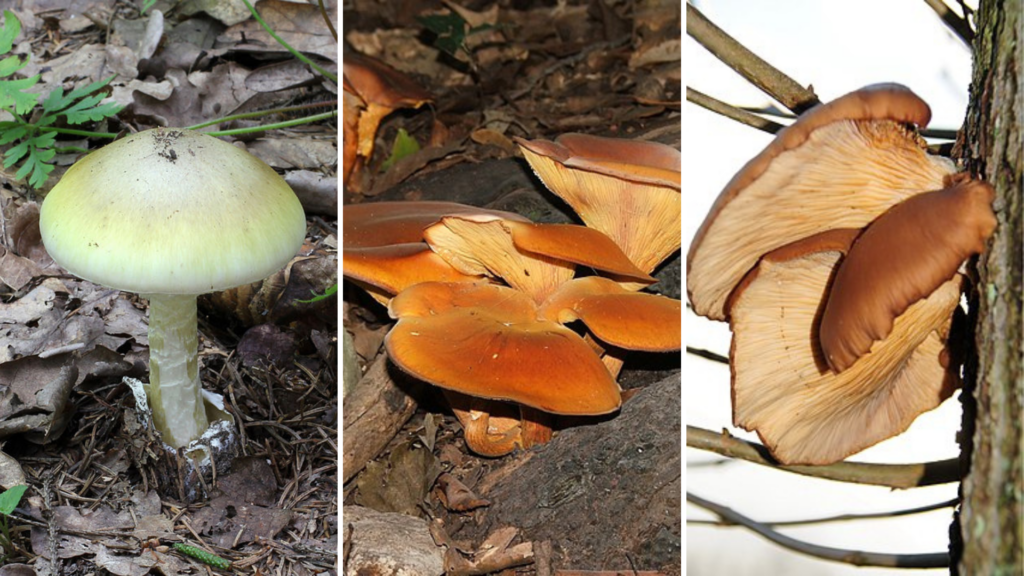Two kinds of mushrooms which are highly poisonous and look like edible varieties are increasingly being seen in our forests. The Poison Centre of Belgium's federal health department has already received 235 calls and the season is not over.
September and October mark the mushroom season in Belgium and calls to the Poison Centre (070/245.245) are not uncommon. This year, 24 of these calls were from people seriously affected. They had to be sent to the hospital for observation or treatment, reported Sud Presse.
"Of the 24 who were hospitalised, we have 11 children and 13 adults," said Dominique Van Dijk, deputy director general of the Poison Centre. "Fortunately, we have no deaths to report."
The symptoms of these intoxications are often the same: severe stomach ache, gastrointestinal problems and sometimes even hallucinations. It all depends on the amount of mushrooms ingested. When asked whether new toxic mushrooms are appearing in our country, Dominique Van Dijk replied: "Over the past two years, we have seen an increase of 25 to 45% in the death cap in Belgium, depending on the location.
Dangerous mushrooms that grow in Belgium

The death cap mushroom. Credit: Wikimedia Commons.
The death cap is one of the most poisonous mushroom varieties in the world and grows mainly in the woods. If you one you first will experience intestinal problems. The most critical moment comes after 24 to 48 hours when the poison starts to attack the liver. If the patient is not treated, they can die. Sometimes a liver transplant is the only remedy. "The big problem is that it can be confused with edible white mushrooms."

The olive tree or olive oyster mushroom. Credit: Wikimedia Commons.
Diego Costales, a Belgian mycologist, warns about the olive tree mushroom (or oyster mushroom) which originated in Europe's southern regions and whose spores were carried north by wind. "For the past 4 or 5 years, it has been increasingly present in our region; in the past, it was exceptional."
It is very toxic and attacks the kidneys. The mushroom is sometimes mistaken as a chanterelle, which is edible. Yet the toxic olive oyster mushroom has orange-coloured lamellae and grows in clumps on the stumps of oaks and chestnut trees. Chanterelles are more yellow and do not grow in clumps on dead wood.
Costales, who lives in the Ardennes, observes that walkers are not very careful when they go out to pick them. "They rush into the picking without taking the time to observe and identify. Perhaps for fear that another forager will beat them to it."
Convulsions
The most common mushroom variety that people call the Poison Control Centre about are the curled paxillus. These cause an extremely serious allergic reaction in some people by attacking red blood cells. Equally, the panther mushroom is highly toxic and can cause convulsions.

The poisonous curled paxillus mushroom on the left and the toxic panther mushroom on the right. Credit: Wikimedia Commons.
On whether 2022 is a great year for fungi (mushrooms are a type of fungus), Costales esteems that "it's an average year." He adds that "The season started late and will end with the first frost. The end-of-season mushrooms are already coming out."
The Poison Centre recorded 291 calls (and 28 hospitalisations) in 2021. The consolidated figures for the whole of 2022 are expected to be very similar to those of last year.

